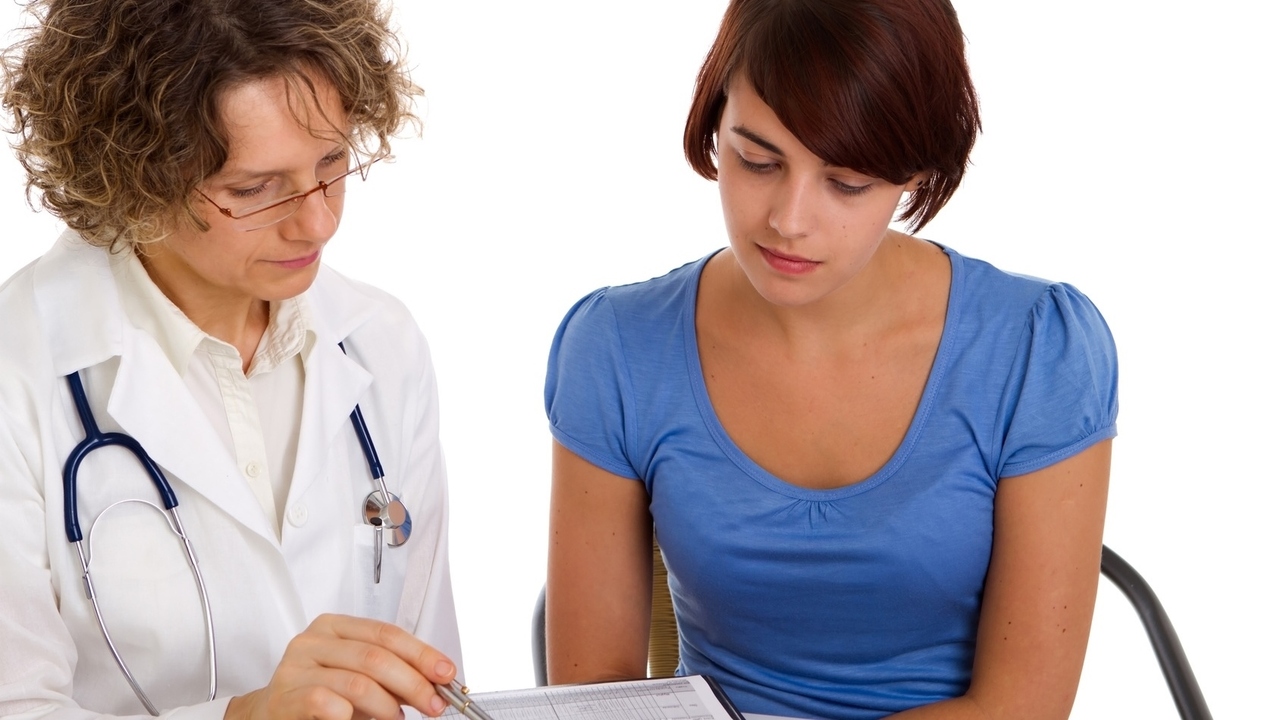For any woman that has fibroids that are impacting the quality of your life, I want to help. Today I want to give you some practical lifestyle advice to help manage fibroid symptoms to get the quality of your life back.
Let’s refresh ourselves on fibroids and their symptoms.
Fibroids are a benign growth or multiple growths that develop in any area of the uterus. Uterine fibroids which are also known as leiomyoma, fibromyoma or myoma may be asymptomatic or cause multiple debilitating symptoms.
Common symptoms that may send you to a doctor are heavy menstrual bleeding during a period, including blood clots at times or bleeding in between periods, and menstrual periods that last longer than a normal period.
Painful pelvic cramping or extreme pain during periods is another symptom you might experience. Other location-dependent symptoms are frequent urination, pain druing intercourse, or infertility.
I have had great success managing the growth of fibroids by balancing the female hormones. Fibroid growth is usually dependent on one hormone, estrogen.
The more estrogen is out of balance with the other female hormones, especially progesterone, the faster these slow-growing benign tumors grow. Management is easiest for a woman who has a single small fibroid or multiple small fibroids, or a woman that had fibroids removed and doesn’t want them to grow back.
Here are ways to manage estrogen. First keep a healthy weight. Excess fat acts as an added source of estrogen in the body. If you have extra weight and you are able to lose it you will reduce the excess estrogen.
While you might not want to hear this one, birth control pills all have estrogen in them. Some have a combination of estrogen and progesterone. If you already have an estrogen imbalance, then taking birth control pills would create more of an increase and could cause fibroids to grow.
Next eat plant-based foods, fruits, vegetables, whole grains and beans. Plant-based foods support the body’s ability to eliminate toxins and excess estrogens in the body.
There are many industrial compounds that mimic estrogen effects in the body. They are called xenoestrogens. Xenoestrogens are commonly found in many plastic products.
They are released when you heat up foods in plastic containers in the microwave or leaving plastic water bottles in the hot car. These will increase the xenoestrogens the estrogens in the body and increase the chance of estrogen imbalances in the body.
For my patients who had large fibroids, I would usually recommend similar treatments to improve symptoms but not to necessary be able to shrink the fibroids.
Here is a case where I would have recommend they consider surgery to remove the fibroids, not their uterus, if possible and then consider natural methods to manage the fibroids.
Whenever people trust me with their health, I always want to support them in their healing. I know my patients appreciate my straightforward approach.
I know my patients appreciate my combination of conventional and naturopathic approaches because they feel like they have a full picture of how to treat their female issues in the more complete way. I am happy to say that all my patients have reported improved symptoms, including the halting of the growth of their fibroids.
Dr. Dae
http://twitter.com/drdae
https://www.healthydaes.com
https://www.facebook.com/healthydaes
Dr. Dae is a Naturopathic Physician who practices in the Washington DC metro area. Dr. Dae treats the whole person, using safe and effective combinations of traditional and natural methods to produce optimal health and well-being in the lives of her patients.
Sources:
"Uterine fibroids - PubMed Health." National Center for Biotechnology Information. N.p., n.d. Web. 19 Mar. 2012. http://www.ncbi.nlm.nih.gov/pubmedhealth/PMH0001912/.
"Uterine fibroids: Symptoms - MayoClinic.com." Mayo Clinic. N.p., n.d. Web. 19 Mar. 2012.
http://www.mayoclinic.com/health/uterine-fibroids/DS00078/METHOD=print&DSECTION=all
Reviewed March 23, 2012
by Michele Blacksberg RN
Edited by Jody Smith





Add a CommentComments
There are no comments yet. Be the first one and get the conversation started!